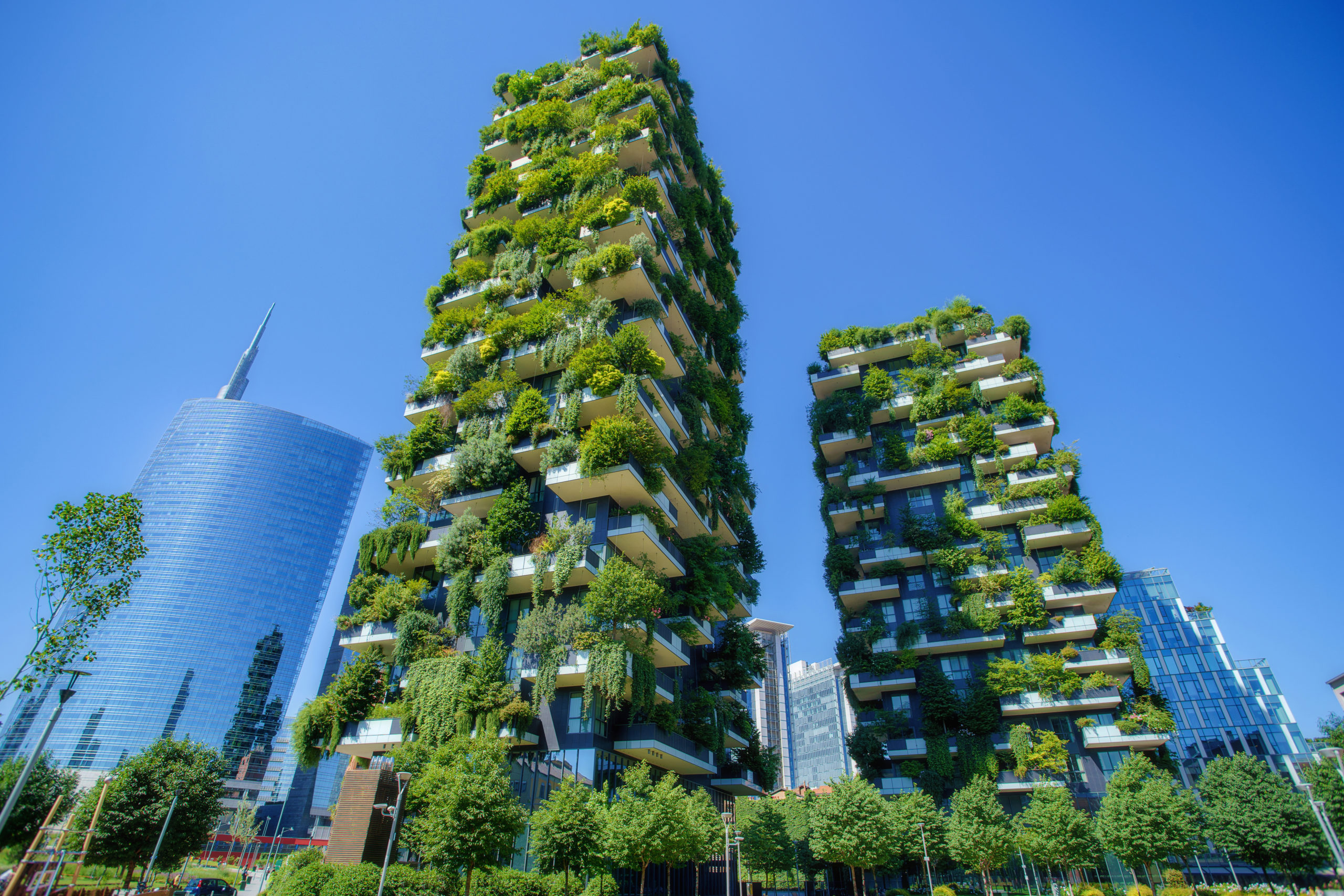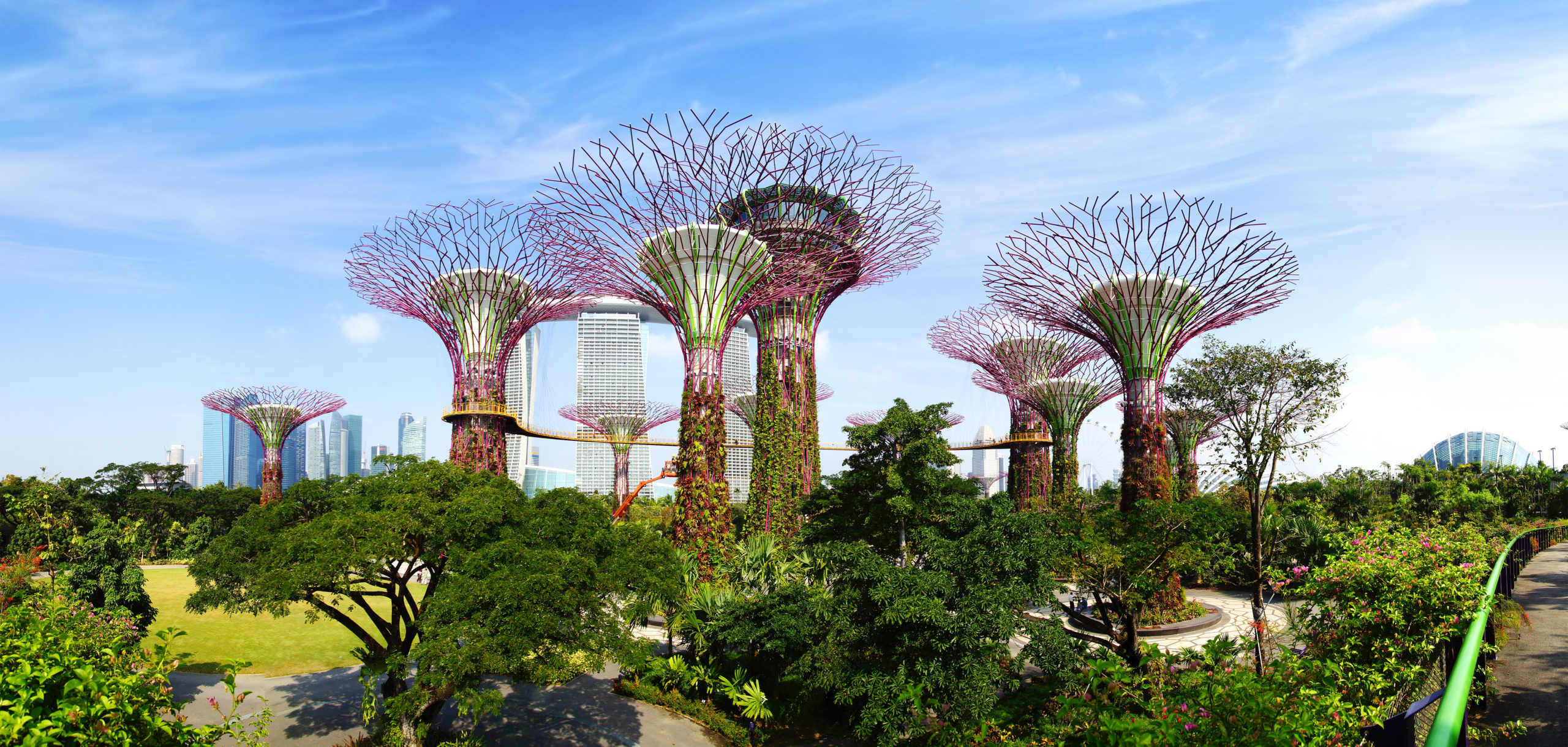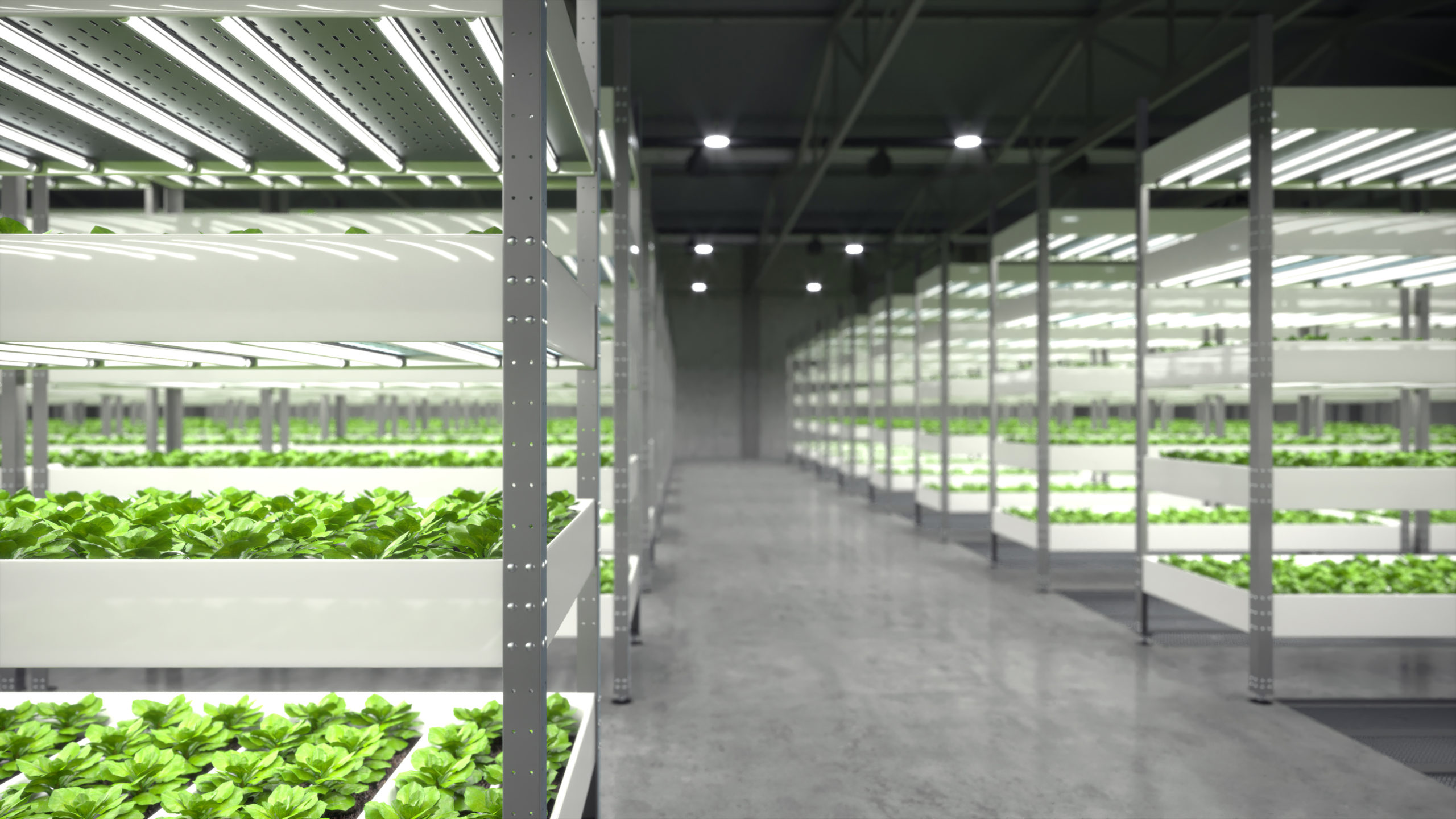This post is also available in: Deutsch
Foresight Management
Foresight Management is working to anticipate the future or in other words the ability to foresee or prepare wisely for the Future. Acknowledging that the future is unknown and there is no crystal ball to get some inspirations from Mega Trends are useful to start from to get insights for our future business. Many different Mega Trends like Decarbonization, Smart Cities, Zero Emission Buildings and other relate to the Mega Vision of Innovating to Zero, meaning for example to reduce Emissions or waste Zero.
Climate Change
Innovating to Zero is driven by Climate Change which itself will be a driving force in the next decades to come. There is a large amount of well grounded, solid and reliable works discussing Mega Trends like the Decarbonization of the Energy Industry, the Automotive Industry or accomplishing Energy Efficiency developments in residential and non-residential Buildings. Another Mega Trend is advanced Water Management solutions to address Climate Change related Water Stress, Water Quality challenges and Water use for Food Production. All of these Mega Trends be a rich source for novel product solutions and business opportunities supporting Innovating to Zero.
Some reports in Climate Change see it as the biggest business opportunity in human history reshaping mobility, energy, food, manufacturing and even whole cities. More extreme weather with extreme precipitation & flooding, extreme heat & Urban Heat Islands and water scarcity & droughts affecting food production are foreseen by all major studies in climate change.
Urbanization
Urbanization and urban density are increasing the pressure on cities, mostly affected by these trends, to come up with measures and solutions to fight climate change in the areas of increasing extreme weather events. Cities around the world have come together in Networks like the C40 Network to exchange knowledge on how to make cities and their inhabitants more resilient to climate change.
Corporations operating and selling in these cities around the globe have come together in Initiatives like the RE100 to commit to reaching the Paris climate goals earlier or committed themselves to 100% renewable power.
Buildings account for the largest chunk of CO2 Emissions in Cities. Therefore, Real Estate for example will see an upward trend for Green Building Standards which do not only benefit the environment but also have positive economic implications besides increasing worker productivity and health.

Global financial markets
However, climate change is not only recognized by the ones affected the most like cities; it is also recognized increasingly by global financial markets. The US Federal Reserve, The Bank of England and even the Central Bank of Central Banks the Bank for international Settlement in Switzerland acknowledge the huge losses due to climate and weather-related events pressuring corporate and governmental stakeholder: Climate-related risks disrupt business operations, destroy capital and interrupt economic activity.
Financial risk models used to neglect climate change dimension of investments, assuming that the impact of climate-related risks on profitability, returns and financial health would be negligible. Such views will be revised and in the future we will see a repricing of climate-related risk. What does that mean? Corporations and governmental Stakeholders and ultimately all economic actors will be forced to act on climate change and to take measures against extreme weather events or changing climate patterns which will lead to new business opportunities.
Green Infrastructure
Cities like New York have started a process to become more resilient against climate change related vulnerabilities. One major driver is investing in Green Infrastructure to decrease for example impervious surfaces like being done in the Chinese Sponge Citify initiative. Commercial Real Estate Green Building Standards are likely to follow the World Green Building Initiative.
Nature-based solutions to reduce runoff volume and improve water quality range from Green roofs to permeable pavements and water harvesting solutions. Nature-based solutions are inspired and supported by nature and use, or mimic, natural processes to contribute to the improved management of water.

Besides the clear environmental advantages of CO2 reduction there are also a number of Benefits of Green Infrastructure: Increased Rents and property values, Increases retail sales, Energy savings, Stormwater fee credits and financial incentives, Reduced costs associated with flooding, Reduced water bills, Increased mental health and worker productivity for employees and even reduced crime
Urban greening
However, nature-based solutions to help with Runoff do also support more extreme threats to people living in cities. Urban greening can be a very effective method for city heat mitigation. There are also important benefits to urban greening such as more effective management of water runoff during storms. The types of plants used, the design of the green space, and practices for irrigation also need to be considered carefully in order to maximize heat reduction. The maintenance of these green spaces also needs to be incorporated into planning

Urban Heat Islands are a major threat to especially older people and children. Concrete Structures and high-rise buildings with glass facades increase extreme Temperatures even more in cities. Greening and Green Spaces can help to cool the environment, nevertheless irrigation is needed in many cases.
Urban Greening can help to fight Urban Heat Islands as a major stressor for people’s health. Mental and physical health is a global megatrend and it is well known that Urban Greening helps especially against Air Pollution and improves mental health in cities. Architects are working on developments like vertical forests, high-rise buildings covered in trees or novel solutions using algae integrated in building concepts to reduce air pollution.
Urban and vertical farming
To be in a good shape physically healthy food is necessary. Water Scarcity, Soil erosion due to extreme weather events and increasing temperatures around the globe are threatening food production which is already stressed by the need of feeding an increasing world population while at the same time forced to reduce Pollution and Water consumption. Novel types of Urban farming like vertical farming using hydroponics or aeroponics could be a future solution supporting conventional agriculture.

Engineered Joining technology is needed in vertical farming like many of our actual or future water Management and DS products are used to make the above-named solutions happen to support cities, corporations and people to make their lives more resilient and to fight climate change. All of these Mega Trends offer the opportunity for us to carve out a business story and apply present products or develop novel solutions which satisfy the needs of our customers.
The world is changing due to Climate Change and the Mega Vision of Innovating to Zero is not happening far in the future, the future is now and these Mega Trends present actionable opportunities for our current business development right now that we should start leveraging today.



